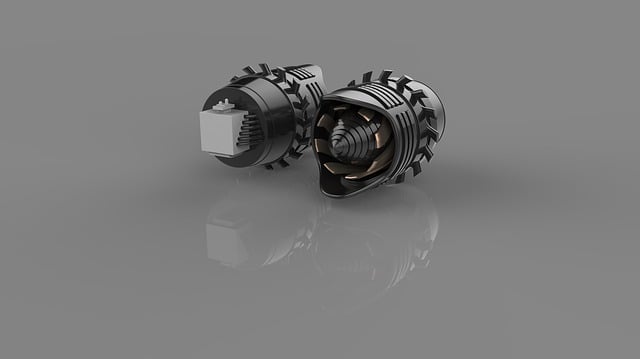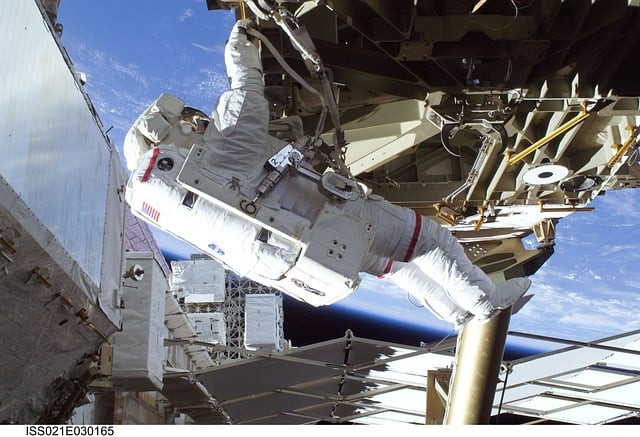Earthen technologies like robotics, AI, and data analytics are enhancing space exploration and scientific research. Drones have transformed aerial photography and expanded applications in fields like real estate, agriculture, and urban planning. The Hyperloop, a futuristic transport system, aims to revolutionize travel times while promoting sustainability.
“The skies, once a realm of boundless imagination, are now being reshaped by groundbreaking innovations that bridge Earth and space. From the dizzying heights of aerial photography drones to the ambitious dreams of lunar bases, technological advancements are pushing the boundaries of what’s possible. On Earth, hyperloop systems and sustainable aviation fuels signal a future-forward transportation revolution. Meanwhile, in space, Mars rovers and satellite internet prepare us for deeper exploration, while emerging technologies like electric vertical takeoff aircraft and 3D printing promise to reshape both air and space travel.”
- Earth-Based Technologies Pushing Boundaries
- – Drones and aerial photography advancements
- – Hyperloop and high-speed transportation innovations
Earth-Based Technologies Pushing Boundaries

Earth-based technologies have been pushing the boundaries of what’s possible, revolutionizing not just our understanding of the world below but also paving the way for advancements in space exploration. Innovations such as advanced robotics, artificial intelligence, and data analytics are no longer confined to laboratories; they are now integral parts of daily life, from autonomous vehicles on roads to precise agricultural practices in fields. These technologies are being adapted and enhanced to meet the unique challenges of space, leading to breakthroughs in areas like satellite navigation, deep-space communication, and even the potential for space mining.
For instance, AI algorithms are being developed to analyze vast amounts of data from telescopes and space probes, accelerating our discovery of celestial bodies and phenomena. Similarly, robots designed for extreme environments on Earth, such as those used in hazardous material handling or extreme weather conditions, are now being considered for tasks in space, where they could assist in assembling space stations or even conducting complex surgeries during astronaut missions. These advancements not only expand the scope of human exploration but also open up new frontiers for scientific research and discovery.
– Drones and aerial photography advancements

The skies are no longer the limit for technological innovation, as advancements in drones and aerial photography have redefined our perspective of the world above us. These remote-controlled aircraft, once confined to hobbyist interests, have evolved into powerful tools with diverse applications. With high-resolution cameras and advanced stabilization systems, drones capture breathtaking aerial imagery and video footage, transforming industries such as real estate, agriculture, and urban planning.
Aerial photography has become more accessible and precise, allowing professionals to document landscapes, monitor infrastructure, and even survey hard-to-reach areas with ease. Drones equipped with thermal imaging and multispectral sensors offer valuable insights into environmental changes, disaster management, and remote sensing, pushing the boundaries of what we can observe and understand from above.
– Hyperloop and high-speed transportation innovations

The quest for faster and more efficient transportation has sparked innovative ideas, one of which is the Hyperloop. This futuristic concept promises to transport people and goods at remarkable speeds in a low-pressure tube. By eliminating air resistance, the Hyperloop system could potentially reach speeds of over 700 miles per hour, revolutionizing ground travel. Such high-speed transportation innovations not only cater to our growing demand for swift mobility but also open up exciting possibilities for connecting remote locations and reducing travel times significantly.
Furthermore, these advancements mirror a broader trend in seeking sustainable solutions. Hyperloop systems are designed with energy efficiency in mind, utilizing linear induction motors and regenerative braking to minimize power consumption. This focus on green technology aligns with global efforts to reduce carbon footprints, making future transportation not only faster but also more environmentally friendly.
As we’ve explored, innovations on Earth are paving the way for groundbreaking changes in space exploration. Drones and aerial photography have transformed how we capture and utilize data from the skies, while developments like the Hyperloop challenge our understanding of high-speed transportation. These advancements not only enhance our capabilities here on Earth but also serve as stepping stones to future space endeavors, pushing us closer to exploring distant worlds and expanding our reach into the cosmos.
